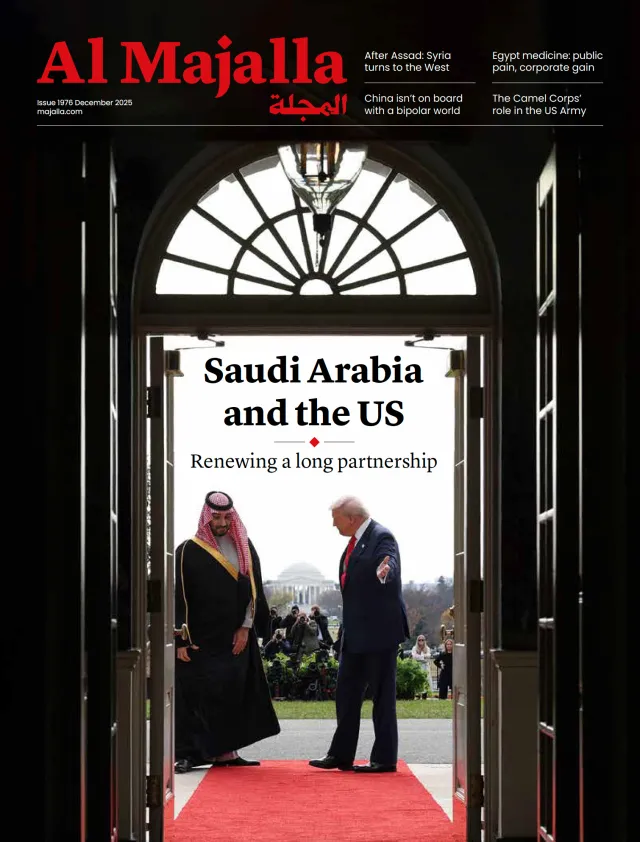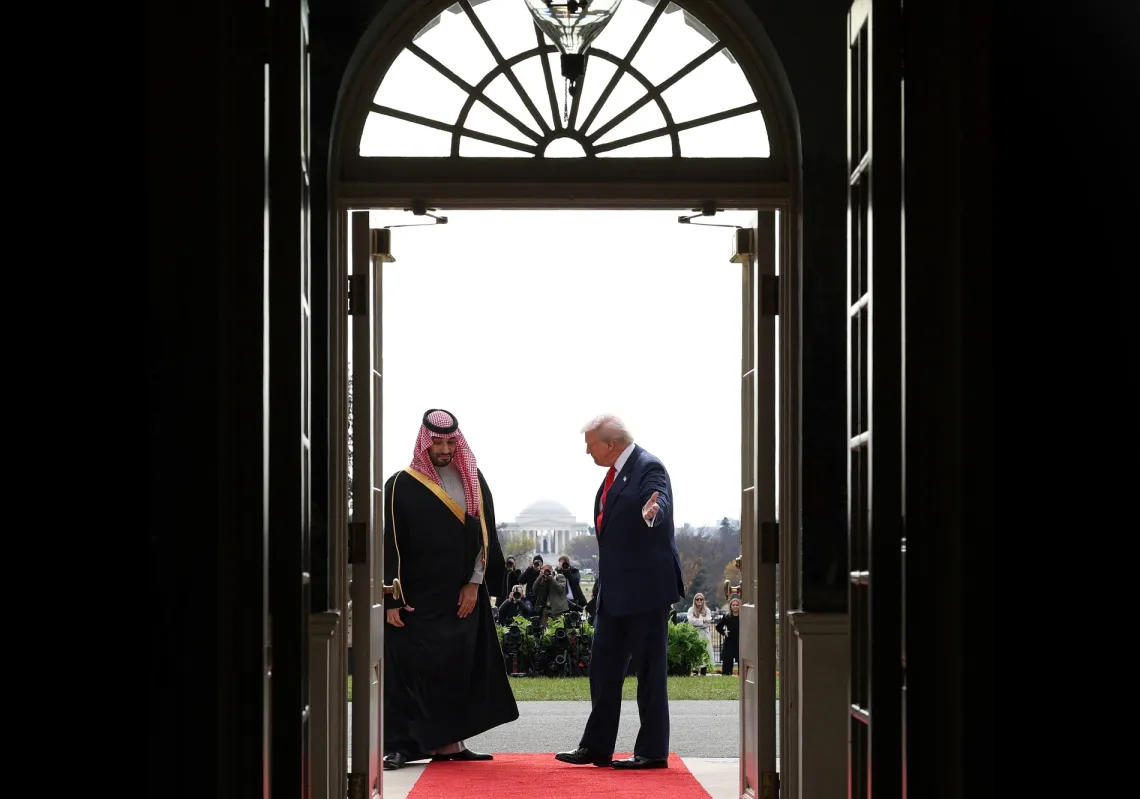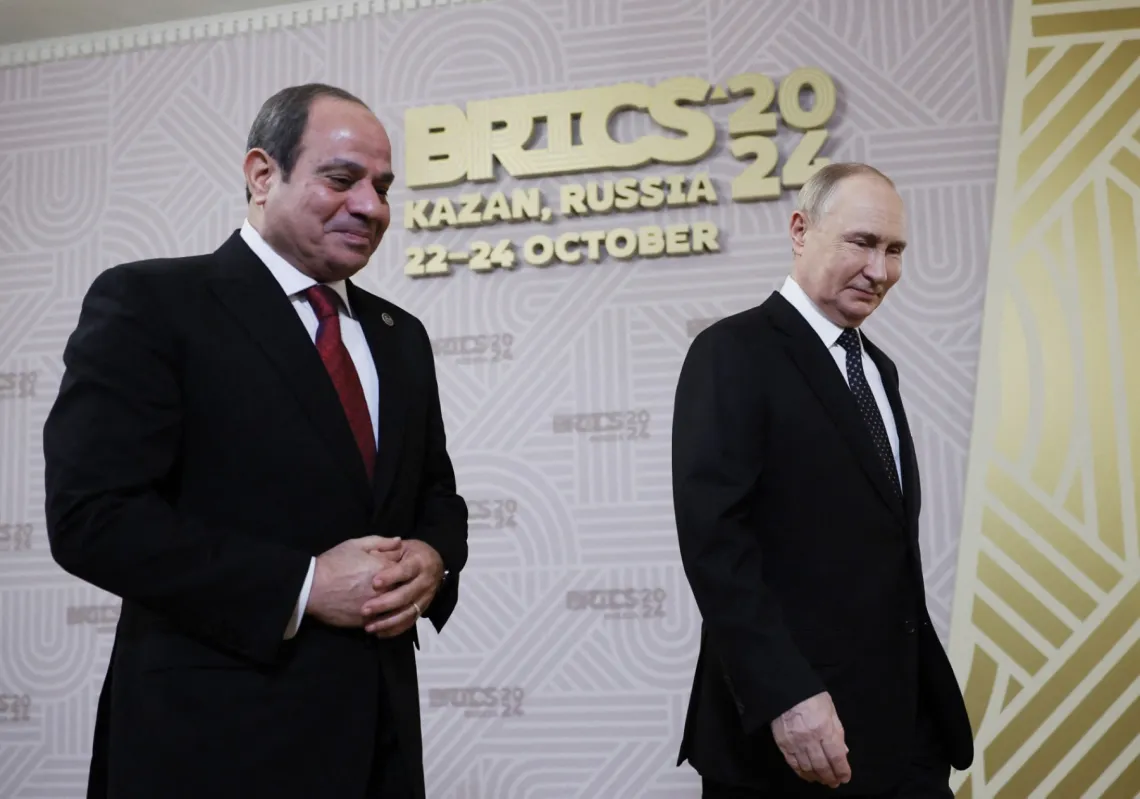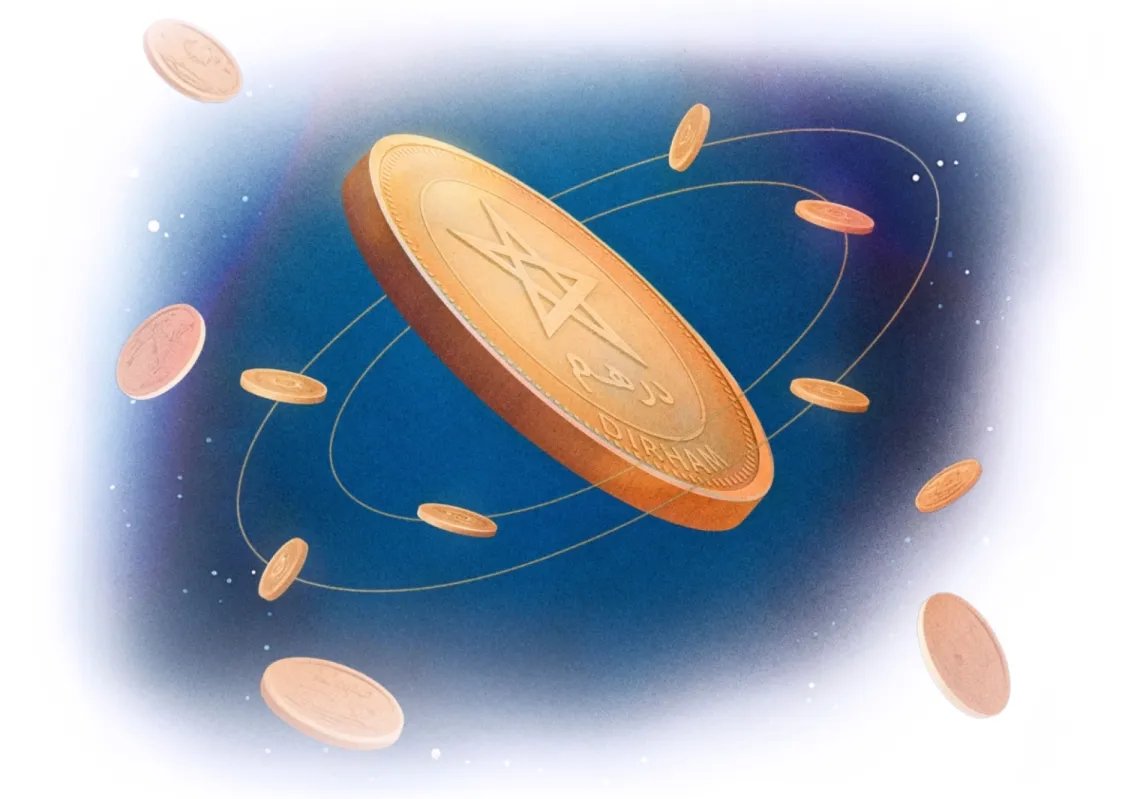The Sudanese people felt relief last week as the army finally announced it had regained full control of the capital, Khartoum, from the paramilitary Rapid Support Forces (RSF), which had held most of the city since the war’s outbreak on 15 April 2023. Analysts say this military breakthrough marks a significant turning point, liberating tens of thousands who had endured the brutal realities of militia rule for two years and allowing millions more to return.
On 26 March, the commander of the Sudanese Armed Forces (SAF) arrived at the newly reclaimed presidential palace after a series of battlefield victories, beginning with Gezira State, Sudan’s agricultural heartland south of the capital, in January. The SAF then broke the nearly two-year siege of its General Command headquarters and Armoured Corps in Khartoum, culminating in the recapture of the presidential palace.
The RSF has an irregular structure and relies on the regional recruitment of fighters lacking any formal military training, so it had always seemed unlikely that the group would triumph over the SAF—a professional force with a coherent organisational framework, deep institutional experience, and systematic command of combat operations—yet the SAF suffered serious setbacks early in the war.
These included the loss of Khartoum, Gezira State, and vast areas of Darfur and Kordofan, as the army struggled to combat the RSF’s urban warfare tactics. It has taken almost two years for the tide of the conflict to begin to shift, recent battlefield dynamics reflecting the army’s gradual recovery and return to strategic initiative.
Having made territorial gains, the RSF increasingly resorted to pillaging and looting, haphazardly occupying towns and villages in pursuit of spoils, then lacking the capacity to defend these areas when targeted by the army.
The SAF’s operations focused on reclaiming strategic locations, severing RSF supply lines, and forcing the RSF into prolonged battles of attrition—such as the drawn-out confrontation in Khartoum—wearing down its capabilities over time.

In contrast, the RSF dispersed its forces across a wide geographical area, meaning it could not consolidate them in positions of strategic value. This overextension meant it could not defend key positions under sustained military assault.
These developments have underscored a central truth: that structural fragmentation and reliance on undisciplined, militarily unqualified recruits—as seen in the RSF—cannot provide a durable foundation for strategic victory against a unified, professional fighting force, even if the latter stumbles in the early stages of the conflict.
Abuses and airpower
When war broke out two years ago, there was a surge in popular resistance, as volunteer fighters from across the socio-political spectrum mobilised to confront the RSF, including the grassroots movement Ghadiboun (The Angry Ones), which also stood against the joint SAF-RSF military coup in October 2021, which overthrew the civilian government.
Members of the Ghadiboun also played a key role in the mass uprisings that toppled Omar al-Bashir’s Islamist military regime in 2019. Many of them voluntarily joined the SAF after the RSF’s widespread atrocities against civilians became evident from the outset.
These abuses—from indiscriminate killings and systematic looting to rape and other forms of sexual violence—sparked a wave of public outrage that galvanised the grassroots and exposed the hollow RSF rhetoric. It also helped legitimise the SAF as a national force in the eyes of many Sudanese.
The SAF's air dominance has become a decisive factor in recent months, with the deployment of fighter jets and drones giving the army a strategic advantage across multiple fronts. It employed precision airstrikes to target RSF ammunition depots and supply convoys between the militia's western stronghold and the capital. By halting its mobility and logistics, these air raids have forced the RSF to fall back.















